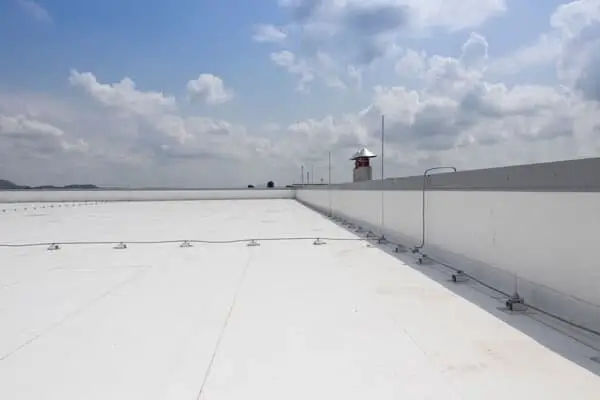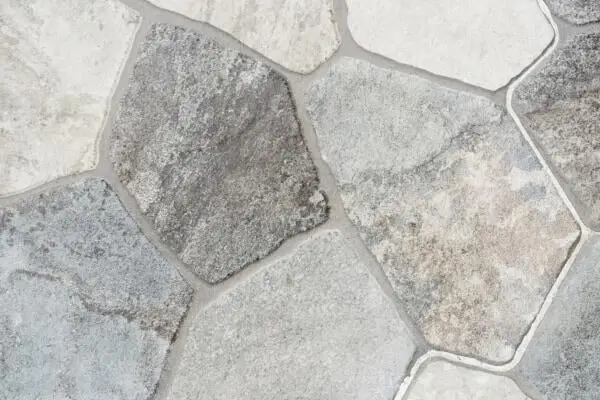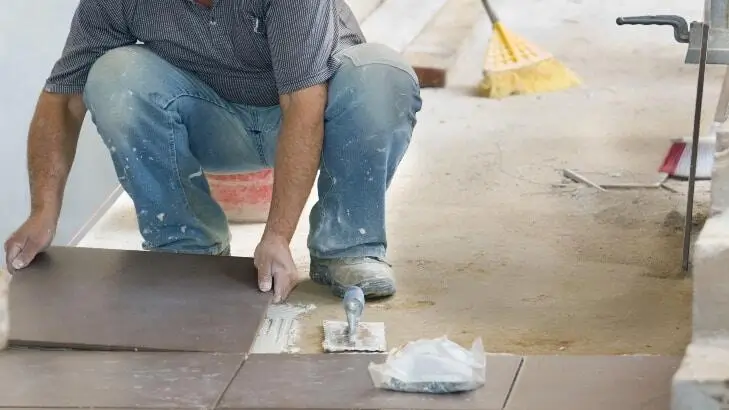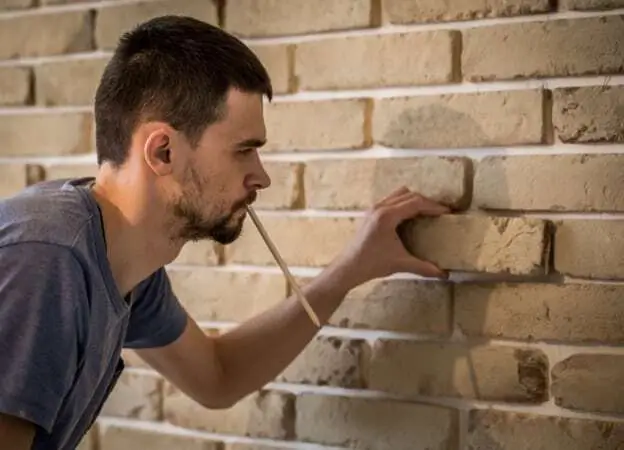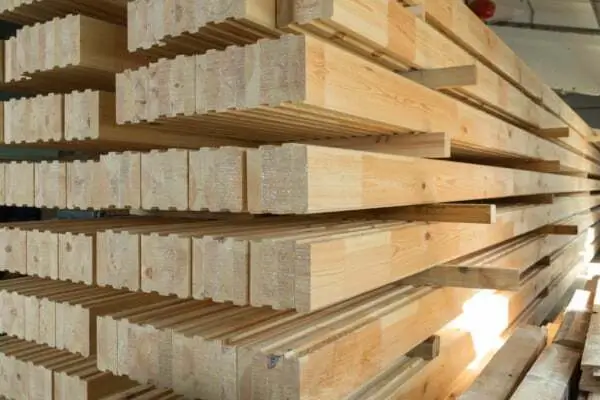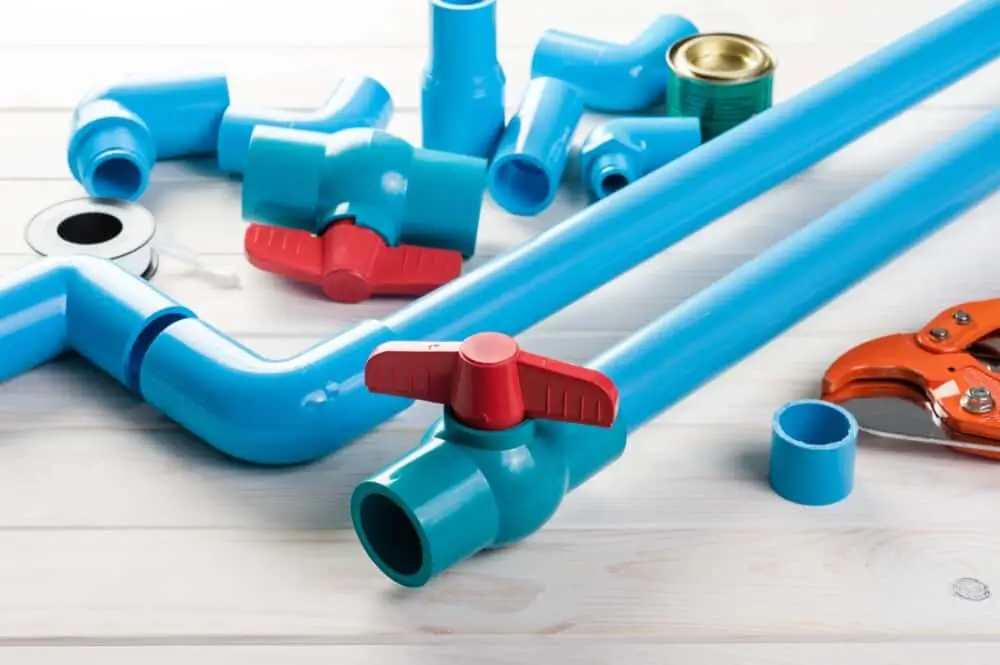Non-slump fiberglass glue for bead application
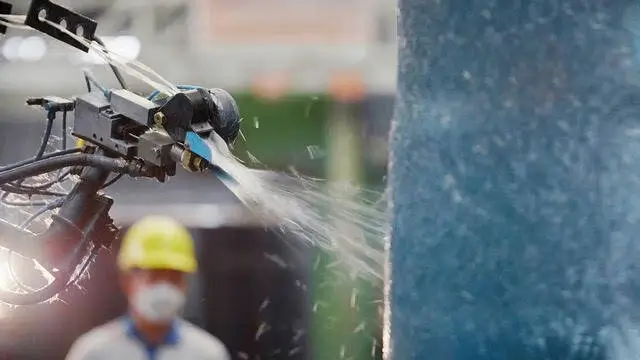
Strong and versatile adhesive for fiberglass and fiberglass-reinforced polymer substrates
You are probably reading this because you need a specific adhesive for a specific application. Let’s go out on a limb here and guess you are looking for a non-slump adhesive that needs to be applied in the form of beads or lines.
There are a bunch of adhesives that can do that, but sometimes the process requires something a bit more refined. Which fiberglass adhesive will you pick for fiberglass or Glass Fiber Reinforced Polymer (GFRP) or Fiberglass-Reinforced Polymer substrates (FRP)? You’ll want something that has great adhesion to your materials and also gives you enough time for the assembly process. Sometimes you don’t want the initial tack to be too strong, nor do you want it to be too weak.
In some cases, the gel time must be variable too. We know of fiberglass glue that can be accommodated for a shorter or longer gel time, on prescription. Just so you get an adhesive that
truly fits your particular production method.
When you are looking for a fiberglass glue with a number of specific properties for substrates, the search may feel overwhelming. Contact us for advice regarding your adhesive requirements.
Fiberglass glue on your application terms
The most commonly used form of fiberglass adhesive is a mixture of two components. Depending on the intended usage, the components can be altered to perform certain tasks. The new properties depend on the exact combination and chemistry of both components, as well as their mixing ratio.
The end result might bond with a weaker or stronger force. A typical glue for this type of application might bond with >2000 psi to metal substrates, which is sufficient for many applications. Stronger bonding isn’t always necessary. It could even affect the total price of the assembled product, due to more expensive adhesive components, without further improving its final quality. It’s a balancing act, really, to get it just right.
When a production line requires an adhesive to be applied as dotted or lined beads, there’s a number of properties that may be crucial to that particular application. Gel time is one we mentioned earlier, but the bead formation must also be precise.
One reason for that is the glue may be applied in a very specific location, without running of your material. That could cause a number of issues later on. You also want the bead to have nonslump properties, i.e., to stay more or less in the shape and height it has been applied, long enough for the bonding action to take place. You don’t want to worry about sagging or dripping.
Also great for general assembly applications
Finally, it is worth mentioning that there is a green trend for fiberglass adhesives. As in ‘environmentally friendly’. Some are based on natural castor oil and contain no hazardous solvents. This makes it a modern and responsible alternative to many other adhesives.
Maybe this article has made you think about your current fiberglass substrate adhesive. You might consider a new and innovative version as a replacement for your current glue.
When it comes to fiberglass substrates, there are different materials of various properties that spring to mind. Like true fiberglass, FRP and GFRP substrates can often be bonded with the same adhesive.
But some of these adhesives can also gladly bond with polypropylene, steel, and aluminum. It makes sense to check out all your glueing needs, before you decide which adhesive you’re going to use. Properties aside, there may be more economical choices for certain applications.
We know where you can find the best high-tech sealants and adhesives for your specialized application. Contact us for more information.
What solution are you looking for?
We are specialized in the building and construction. Need the best products or advice? Then please leave your details and we will get in touch.
